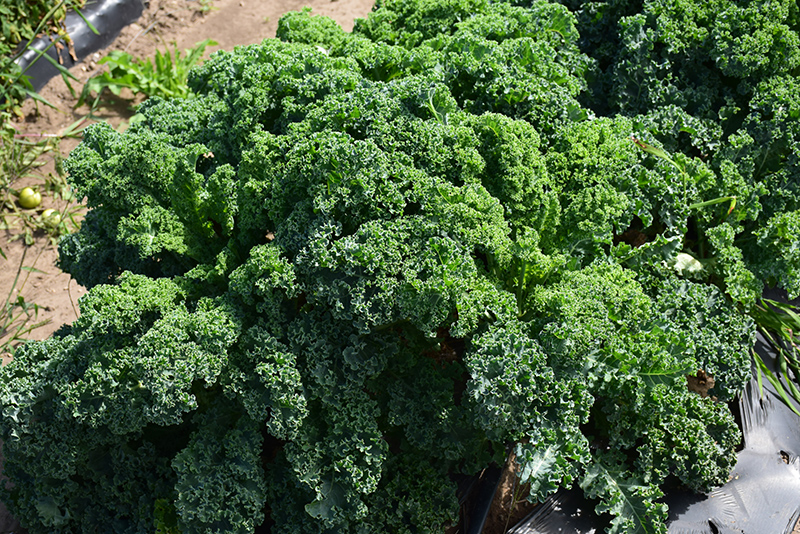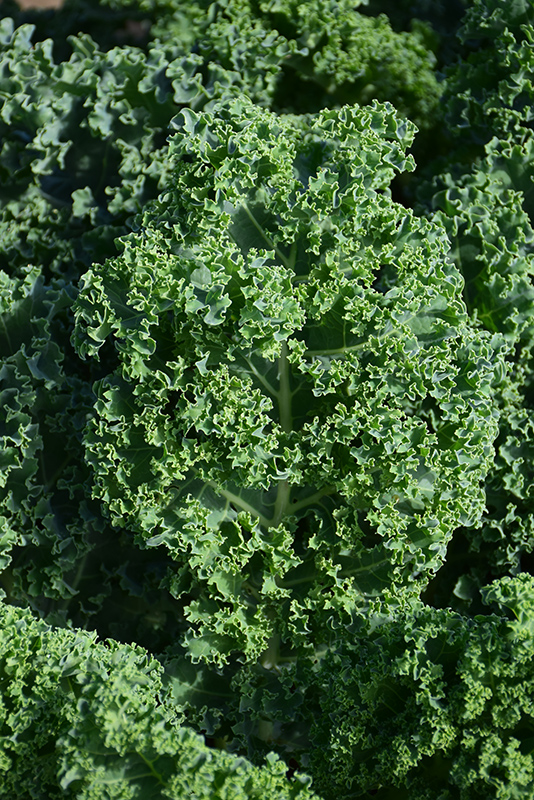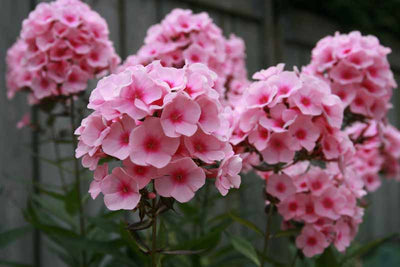Plant Library
Height: 16 inches
Spacing: 12 inches
Sunlight:
![]()
Hardiness Zone: (annual)
Description:
A wonderful cool weather selection featuring large, green blue crinkled leaves; high in nutrients, the perfect addition to salads, stews, soups, or made into kale chips; flavor increases after light frost
Edible Qualities
Kale is an annual vegetable plant that is commonly grown for its edible qualities. The large crinkled oval green leaves with hints of bluish-green can be harvested at any time in the season. The leaves have a pleasant taste and a crunchy texture.
The leaves are most often used in the following ways:
- Fresh Eating
- Eating When Cooked/Prepared
- Cooking
Planting & Growing
Kale will grow to be about 16 inches tall at maturity, with a spread of 32 inches. When planted in rows, individual plants should be spaced approximately 12 inches apart. This fast-growing vegetable plant is an annual, which means that it will grow for one season in your garden and then die after producing a crop.
This plant is typically grown in a designated vegetable garden. It should only be grown in full sunlight. It does best in average to evenly moist conditions, but will not tolerate standing water. It is not particular as to soil pH, but grows best in rich soils. It is somewhat tolerant of urban pollution. Consider applying a thick mulch around the root zone over the growing season to conserve soil moisture. This species is not originally from North America.
Kale is a good choice for the vegetable garden, but it is also well-suited for use in outdoor pots and containers. It is often used as a 'filler' in the 'spiller-thriller-filler' container combination, providing a canvas of foliage against which the thriller plants stand out. Note that when growing plants in outdoor containers and baskets, they may require more frequent waterings than they would in the yard or garden.






